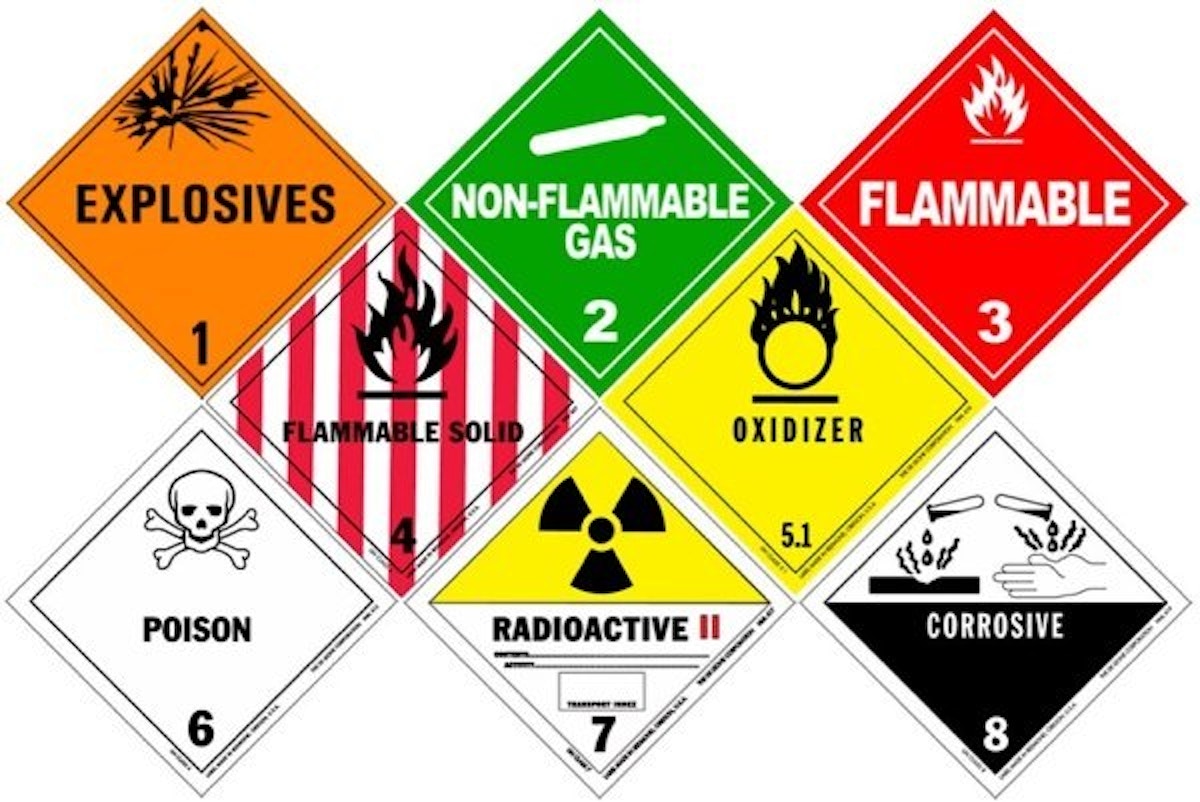6.1 Hazardous Spills or Releases

- Citizen's Guide
- Chapter 6: Emergency Preparedness
- 6.1 Hazardous Spills or Releases
- Table of Contents
- Chapter 1: Government Agencies & Environmental Regulations
- Chapter 2: Public Participation in Government
- Chapter 3: Your Water
- Chapter 4: Your Air
- Chapter 5: Your Land
- Chapter 6: Emergency Preparedness
- Guide Wrap-Up
- Additional Resources & Contact Information
- Credits, Dedication & Thanks
An emergency spill or release is one that poses an immediate danger to public health or the environment. These can include oil or chemical spills, radiological or biological discharges, or the release of pollutants. An emergency spill is more than just a violation of environmental law or regulation, and requires immediate action.
If you discover something you think may be a hazardous spill or release which may pose an immediate danger, call 911. Other points of contact include:
National Response Center: 1-800-424-8802
LDEQ Single Point of Contact: 1-888-763-5424
local: 225-219-3640 during business hours
or 225-342-1234 outside of business hours
Hazardous Material Hotline: 1-800-925-6595
Hazardous materials may not always be obvious. Dangerous gases can be odorless and colorless. However, materials in closed containers will usually have labels that alert for potential hazards:

| Hazard Class | Color | Symbol |
|---|---|---|
| Explosives | Orange | Starburst |
| Non-Flammable Gases | Green | Cylinder |
| Flammable Gases or Liquids | Red | Flame |
| Flammable Solids | Red/White Stripes | Flame |
| Oxidizers | Yellow | Flaming Ball |
| Poisons | White | Skull & Crossbones |
| Radioactives | Yellow/White | Propeller |
| Corrosives | White/Black | Test Tube |
Learn more about the symbols present on hazardous material and the Hazard Communication Standard (HCS) which provides a common and coherent approach to classifying chemicals and communicating hazard information on labels and safety data sheets here: https://www.osha.gov/dsg/hazcom/
Thanks to the Emergency Planning and Community Right-to-Know Act (EPCRA), government and industry are required to immediately report releases of hazardous and toxic chemicals and make this information available to the public. EPCRA also requires states and local officials to implement EPCRA regulations. On the state level, Louisiana’s State Emergency Response Commissions (SERC) is maintained by the Louisiana State Police (www.lsp.org/rtk.html). Locally, each Local Emergency Planning Committees (LEPC) is required to have an emergency response plan and inform the public about chemicals in their area. For a list of LEPCs, please see the Companion Guide.
The National Response Center, housed in the US Coast Guard, provides reports of all chemical spills, releases, and incidents. You can find these reports by going to https://nrc.uscg.mil/.